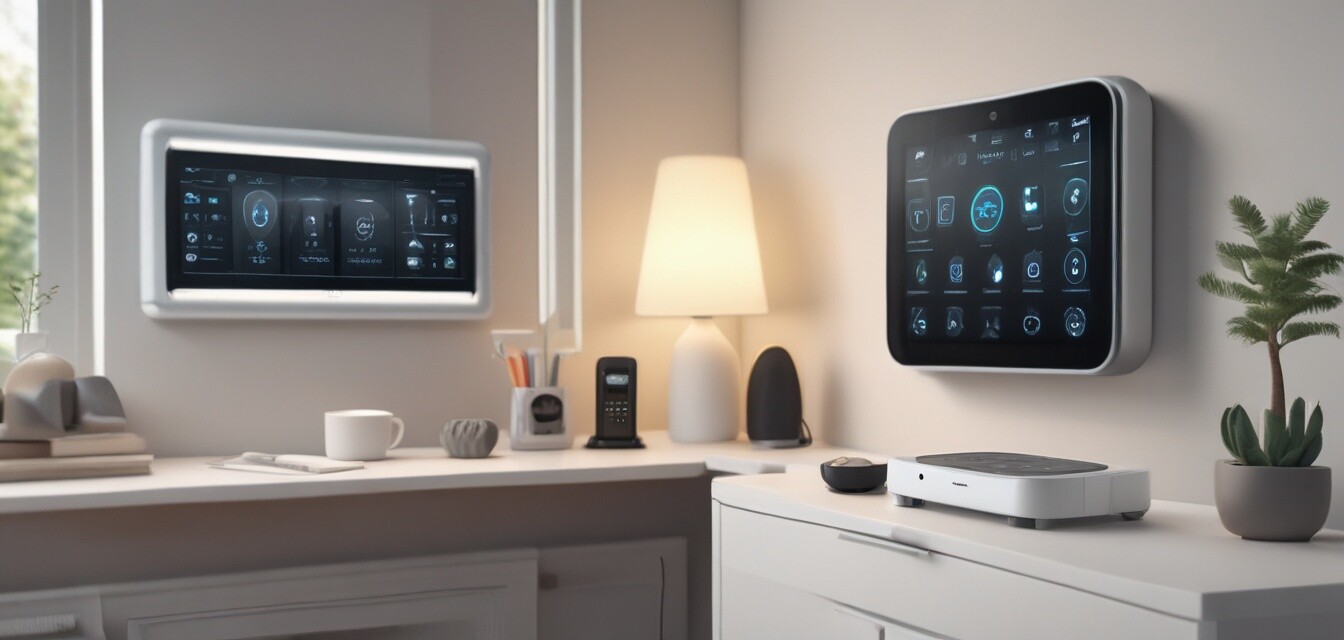
Creating a Comprehensive Smart Security System
Key Takeaways
- A comprehensive smart security system includes devices like cameras, alarms, and locks.
- Ensuring compatibility between devices is crucial for seamless integration.
- Regular maintenance and updates are necessary for optimal performance.
- Combining sensors and cameras enhances security coverage in your home.
- Considerable factors such as budget, installation, and user experience can guide your device selection.
Designing a well-rounded smart security system for your home is essential to ensure the safety of your family and belongings. By selecting compatible devices and ensuring seamless communication between them, you can create a comprehensive security network that provides peace of mind.
Understanding Smart Security Systems
A smart security system typically comprises several components that work together to provide thorough monitoring and control over your home. Below are the main elements that contribute to a holistic security approach:
| Device Type | Description | Function |
|---|---|---|
| Smart Cameras | Monitors areas in and around your home | Provides video footage and alerts |
| Motion Sensors | Detects movement within a specific area | Triggers alarms or notifications |
| Smart Locks | Controls access to your home | Allows remote locking/unlocking |
| Alarm Systems | Alerts occupants to a breach | Sound alarms when unauthorized entry is detected |
Selecting the Right Devices
Before diving into the world of smart security systems, consider evaluating the following factors to select the right devices for your needs:
1. Compatibility
Choosing devices that are compatible with one another ensures easier integration. Look for smart home devices that support common platforms.
2. Budget
Set a budget that accounts for both initial purchase and ongoing fees, such as subscription services for cloud storage or professional monitoring.
3. Installation
Consider whether you prefer DIY installations or using professional services. Some devices come with easier installation processes.
4. Usability
Go for systems that offer user-friendly interfaces, allowing you to control and manage your security setup efficiently.
Ensuring Seamless Communication
After selecting the right devices, ensuring seamless communication among these devices is vital.
1. Wireless Connectivity
Most smart security devices connect via Wi-Fi or Bluetooth. Ensure your home Wi-Fi is strong enough to support all devices without interruptions.
2. Hub Integration
Consider investing in a central hub to manage your devices. Hubs can help unify different protocols and facilitate communication.
3. Regular Updates
Keep your device firmware updated to enhance security and functionality. Regular updates also fix bugs that may hinder performance.
Pros
- Comprehensive monitoring capabilities.
- Remote access to security systems.
- Real-time alerts to potential threats.
- Customizable setups to fit individual needs.
Cons
- Can be costly depending on the number of devices.
- May require technical knowledge for setup.
- Security risks if devices are not properly secured.
- Dependence on internet connectivity.
Maintaining Your Smart Security System
Once you have established your security network, maintaining it is crucial for its longevity and effectiveness. Here are some best practices:
- Regularly check the battery levels and replace them as needed.
- Test your alarms and sensors to ensure they are functioning correctly.
- Update your passwords and security settings regularly.
- Monitor device logs to check for any unusual activity.
Combining Different Devices
For a comprehensive security solution, consider combining various devices. Here are some ways to integrate them:
Security Cameras with Motion Sensors
When motion sensors detect movement, they can trigger security cameras to record footage, improving the chances of capturing suspicious activity.
Smart Locks and Alarm Systems
Integrate smart locks with your alarm systems so that unlocking the doors during regular hours doesn’t trigger unnecessary alarms.
Home Automation with Alerts
Connect your home automation system to provide alerts when there’s any unusual activity detected by security devices.
Conclusion
Designing a comprehensive smart security system requires careful planning and consideration. By selecting compatible devices, ensuring seamless communication, and maintaining regular upkeep, you will enhance the safety and security of your home. For more insights and tips on choosing the right devices, consider exploring our Buying Guides or check out our range of Home Security Systems.
Get Started with Your Smart Security Setup
Building a smart security setup is not just about investing in technology; it’s about creating a safe environment for your family. With the right knowledge, you can maximize the effectiveness of your system, ensuring protection against potential threats.
